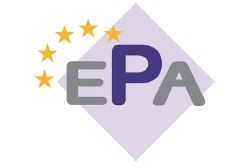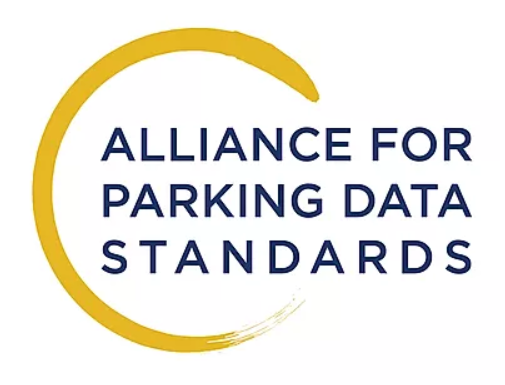 European Parking Association: Spotlight on Parking Data
European Parking Association: Spotlight on Parking Data
Follow this series of six posts highlighting content from the European Parking Association (EPA), presented by EPA President Nigel Williams. Nigel joins some of the EPA’s data experts and other thought leaders to bring you this content, published by EPA in September 2023, offering insight into the EPA’s data initiatives and highlighting the importance, value, and use of parking data, and shining a spotlight on the Alliance for Parking Data Standards (APDS).
Part 2: Speaking a Common Language
 There is no need to reinvent the wheel, but, unfortunately, too many of the parking sector’s top brains are doing exactly this.
There is no need to reinvent the wheel, but, unfortunately, too many of the parking sector’s top brains are doing exactly this.
This is the view of João Caetano Dias, one of the pioneers of digitalized parking systems and parking platforms with Empark (now Telpark) in Spain and Portugal. Currently an adviser to EasyPark, João says developers and their investors should be concentrating on providing better services, more intuitive interfaces and enhancing the user experience. “[Instead] they spend too much time creating an infrastructure to support their inventions,” he says.
“On top of this, different cities have different enforcement solutions; different operators use different access and control systems. If someone developing a payment system wants to reach many cities and diverse operators, they soon realize they are spending an inordinate amount of time and resources on integrations because every city has its own API, and every system has its own language to talk to external systems.”
 This point is one that resonates with Maurizio Locatelli, who is responsible for parking technology at Interparking. “Until the advent of APDS, there were no standards covering all aspects of parking data. Efforts to connect services across Europe were rendered complex, expensive, and unreliable because of the incompatibility of the data elements between environments.”
This point is one that resonates with Maurizio Locatelli, who is responsible for parking technology at Interparking. “Until the advent of APDS, there were no standards covering all aspects of parking data. Efforts to connect services across Europe were rendered complex, expensive, and unreliable because of the incompatibility of the data elements between environments.”
The answer, says João, is a common language and standards. “If there’s a common language, it’s clear how to communicate with a city or operator.”
At the moment, standards are viewed as a ‘nice to have’, bringing down implementation and development costs.
For Maurizio, there is also a more persuasive argument. ‘From an operator perspective, the adoption of APDS comes with a cost and, therefore, a migration from home-brew solutions to a standard is only feasible if there’s an ability to connect to external services. “At the moment, there is an attitude of: “but why change? We have it working today”. If the change is driven by the IT companies, it will be less attractive than if it is seen as a benefit to the business.”
Keith Williams, technical director of Parking Matters and lead on the UK’s National Parking Platform (NPP) pilots, agrees. “The NPP pilots in the UK have demonstrated that a relatively simple APDS-based platform can allow all parking systems to communicate with each other cheaply and effectively. There is no need for systems to be “natively APDS” because they can communicate with other systems via a converter that typically costs about €5k to develop.”
Assessing the current situation, João says: “We are in the middle of this journey. APDS is not a goal in itself, it is an instrument towards achieving higher levels of interoperability. The standard has been developed and has been supported by the main players in the market and by the national associations through the EPA, IPMI [International Parking and Mobility Institute], and BPA [British Parking Association]. It was adopted by ISO [the International Organization for Standardization] and is the basis for the latest version of the DATEX II part 6 standard. Now, it’s a matter of time. Public tenders are already starting to ask for compliant systems; equipment providers will start selling compatible equipment, although it takes many years to renew parking systems completely.”
Maurizio recalls the experiences of Intelligent Transport Systems (ITS) in Belgium. “It successfully reached out to the VVSG [Association of Flemish Cities and Municipalities] and was able to put its narrative regarding DATEX II into the recommendation put out to the VVSG’s members. Since then, tenders regarding mobility and parking have been consistently referencing DATEX II as the go-to standard. The emergence of NAPs [National Access Points] and the NAPCORE [National Access Point Coordination Organisation for Europe] initiative will certainly be a driving factor to push the DATEX II and APDS standard into each country.”
